Page 305 of 362

________________________________________________ T_ i_ re _ s_ a_ n_d_ w_ h_ e_ e_l _s _ ....... JIII
New tires and replacing tires and wheels
New tires and wheels have to be broken in.
Fig. 21 6 Tire s pecificati on co des on th e sidew all of a tire
No .
©
@
®
©
©
©
Descript ion
Passenger car tire (where applicable)
Nominal width of tire in mil limeters
Ratio of height to width (aspect ratio)
Radial
Rim diameter code
Load index an d speed rating
Vehicle OP-eration
(j)
®
®
@
@
U.S. DOT tire identification number
Audi Orig inal tire
Sever snow conditions
Tire p ly composition and materia ls used
Maximum load rating
@ Treadwear, traction and temperature grades
@ Maximum permissible inflation pressure
T he tires and rims are essential pa rts of the vehicle's design . The tires
and r ims approved by Audi are specially matched to the character is
t ics of the vehicle and can make a major contribut ion to good road
holding and safe handling when in good condition and properly
inflated
=> & .
We recommend that all work on t ires and wheels be performed by an
authori zed Au di deale r. They are fam il ia r with recommended proce
dures and have the necessary special tools and spare parts as well as
the proper facilities for disposing of the o ld tires.
Authorized Aud i dea lers have the necessary info rmation about tech
nical requirements for insta lling or changing tires and rims .
Replacing tires and wheels
Tires should be replaced at least in pa irs and not ind iv idually (for
example both front tires or both rea r tires together) .
Be sure to read and heed the in formation to the tire pressure mon i
t o ring system *=>
page 310.
Always b uy replacement radial tires t hat have the same specificat ions
a s t he tires approved for yo ur ve hicl e by Audi. Re placemen t tires must
always have the same load rating specification as the orig inal eq uip
me nt or approved optiona l tires listed in the table =>
page 295.
Audi -app roved spe cifica tion tires are spec ially ma tched to yo ur
vehicle and its load lim its, and can contrib ute to the important road- _,.
Vehicle care Do-it-yourselt service Technical data
Page 306 of 362

-~_T_ i_ re _ s_ a_n _ d_ w_ h _e_ e_ ls _________________________________________________ _
holding, driving characteristics, and safety of the vehicle . The table
(::::>
page 295) lists specifications of the tires approved for the Audi
models covered by your Owner's Literature.
The tire pressure label (On USA vehicles, the tire pressure label is
located on the driver's side B-pillar. On Canada vehicl es, the tire pres
sure label is located either on the driver's side B-pillar or inside the
fuel filler flap)(=>
page 295, fig. 213) l ists the specifications of the
orig inal equipment tires installed on your vehicle at the time it was
manufactured.
Federal law requires tire manufacturers to place standardized infor
mation on the sidewall of all tires =>
page 303, fig. 216. This infor
mation identifies and descr ibes the fundamental characteristics, the
quality grade of the tire and also provides a tire identification number
for safety standard cert ification and in case of a reca ll.
Tire specifications
Knowledge of tire specifications makes it easier to choose the correct
tires. Radia l tires have the tire specifications marked on the sidewall,
for examp le:
P255 / 35 Rl9 96V XL
This contains the following information:
P Indicates the tire is for passenger cars (where applicable)
255 Nominal tire width in mm of the tire from sidewall edge to side -
wall edge . In general, the larger the number, the wider the tire
35 Height/w idth ratio in percent (aspect ratio)
R Tire construction: Radial
19 Rim diameter code (in inches)
96 Load rating code
Y Speed rating letter code
XL (or "xl", "E XTRA LOAD", or "RF" Indicates that the tire is a"Rein
forced" or an "Extra Load" tire
M+S (or "M/S") Indicates that the tire has some mud and snow capa
bility The tires could a
lso have the information of direction of rotation
=>
page 291 .
Tire manufacturing date
The manufacturing date is also indicated on the tire sidewall
(poss ibly only on the
inner side of the wheel):
"DO T ... 2209 ... "means, for example, that the tire was produced in
the 22nd week of 2009.
Speed rating (letter code)
The speed rating letter code on the wheels ind icates the maximum
permissible road speeds =>
& in "Winter tires" on page 307.
P up to 93 mph (150 km/h)
Q up to 99 mp h (158 km/h)
R up to 106 mph (1 70 km/h)
S up to 110 mph (180 km/h)
T up to 118 mph (190 km/h)
U up to 124 mph (200 km/h) H up to 130 mph (210 km/h)
V up to 149 mph (240 km/h)
3
)
Z over 149 mph (240 km/h)3
)
W up to 168 mph (270 km/h)3
)
Y up to 186 mph (298 km/h)3>
Your vehicle is normally factory equipped with tires, which possess
excellent driving characterist ics and give yo ur Audi optimum driv in g
comfort. An electronic speed limiter=>
page 29 will normally prevent
your vehicle from go ing faster than the tire speed rating::::>
&-
U.S. DOT Tire Identification Number (TIN) and tire
manufacture date
This is the tire's "serial number". It begins with the letters "DOT" and
ind icat es that the tire meets all federal standards. The next two
~
3l For tires w ith a maximum speed capability over 149 mph (240 km/h), t ire
man ufact urer s sometimes use the letters "ZR."
Page 307 of 362

________________________________________________ T_i_re _ s_ a _ n_d_ w_ h_ e_ e_l_s __ _
numbers or letters indicate the plant where it was manufactured, and
t he last f our num be rs represen t the wee k an d ye ar of man ufacture.
For examp le, t he numbers 2209 mean that the t ire was prod uced in
the 2 2nd week of 2009. The ot her num bers are marketing co des that
may or may not be used by the t ire manufacturer . Th is information is
used to contact consumers if a tire defect requires a reca ll.
Audi Original tire
Tir es wi th the identifi cat io n "A O" or "RO" have bee n specially
matched w it h your Aud i. W e recommend using only these t ires
because t hey meet the hig hest standards regard ing safety and
driv ing c ha racteris tics when used correct ly . Yo ur aut ho rize d Aud i
dealer wi ll gladly p rovide you with more information.
Tire ply composition and materials used
T he num ber o f plies ind ica tes the numbe r of layers o f rubber -coa ted
fab ric in the tire. I n ge neral, th e greater the n umber of plies, the
more weight a tire can support . Tire manufacture rs a lso must in di
cate the mater ials in the t ire, which incl ude stee l, nylon, polyes ter,
and others .
Maximum Load Rating
This num ber indicates t he maximum load in kilog rams and pounds
tha t can be carr ied by the t ire.
Tire quality grading for treadwear, traction, and
temperature resistance
T read wea r, traction and tempe rat ure gra des => page 306 .
Maximum Permissible Inflation Pressure
This number is the g rea tes t a mou nt o f air pressure th at sh ould ever
be put in the t ire under normal driv ing cond itions.
Safety first
& WARNING
• Using incorrect or unmatched tires and/ or wheels or improper
tire and wheel combination s can lead to loss of control, collision
and serious personal injury.
• Always u se tire s, rim s and wheel bolts that meet the specifica
tions of original factory -installed tires or other combinations that
have been specifically approved by the vehicle manufacturer.
• Tires age even if they are not being used and can fail suddenly,
e specially at high speed s. Tires that are more than 6 years old can
only be used in an emergency and then with special care and at
lower speed s.
• Never mount used tires on your vehicle if you are not sure of
their "previous history ." Old u sed tires may have been damaged
eventhoughthedamage cannotbeseenthatcanleadtosudden
tire failure and loss of vehicle control.
• All four wheels must be fitted with radial t ires of the same
type , size (rolling circumference ) and the same tread pattern .
Driving with different tires reduces vehicle handling and can lead
to a loss of control.
• If the spare ti re is not the same as the t ires that are mounted
on the vehicle -for example with winter tires -only use the spare
tire for a short period of time and drive with extra care. Refit the
normal road wheel as soon as safely possible .
• Never drive faster than the ma ximum speed for which the tires
on your vehicle are rated becau se tire s that are driven faster than
their rated speed can fail suddenly .
• Overloading tire s cau se heat build-up, sudden tire failure,
including a blowout and sudden deflation and loss of control.
• Temperature grades apply to tires that are properly inflated
and not over or unde rinflated.
• For technical reasons it is not always possible to u se wheels
from other vehicles- in some cases not even wheels from the same
vehicle model. ..,_
Vehicle care Technical data
Page 308 of 362

-~_T_ i_ re _ s_ a_n _ d_ w_ h _e_ e_ ls _________________________________________________ _
& WARNING (conti nu ed )
• If you install wheel trim disc s on the vehicle wheels , make sure
that the air flow to the brakes is not blocked . Reduced airflow to
the brakes can them to ove rhe at, increasing stopping distances
and cau sing a collision .
0 Note
• For tech nical reasons, it is not ge ne rally poss ib le to use the wheel
r ims from other vehicles. This can hold true for whee ls of the same
veh icle type.
• If the spare tire is different from the t ires that you have mounted
on yo ur veh icle (for examp le w inte r tir es or wide profile tires), then
use the spare tire for a short per iod of t ime on ly and drive with extra
c are . Replace the fla t ti re wi th t he tire matc hing the o thers on you r
vehicle as soon as possible .
• If you should put differen t wheel s and tires o n yo ur vehicle (e.g.
w inter whee ls and t ires), you must be certa in that the wheels and
ti res are comp atib le with the t ire pressure mon ito ring system*.
Otherwise the system will register a malfu nction and a fau lt message
w ill be displ ayed. Fo r more informa tion, conta ct your au thori zed Au di
dealer.
• N ever drive wi tho ut the valve s tem cap. The valves co uld get
damaged .
Dispose of old t ires in accordance with the loca l requirements. •
Uniform tire quality grading
• Tread wear
• Tr act io n AA A B C
• T emperature A B C Quality grades can be fo
und where app licab le on the tire s ide wall
betwee n tre ad sho uld er and m aximum se ct io n width =>
page 3 03,
fig .216.
Fo r example : Tread wea r 200, Tract ion AA , Temperat ure A.
All passenge r car ti res mus t confo rm to Fe d er al Safety Requireme nts
in addition to these grades.
Tread wear
T he tread wear grade is a comparative rating based on the wear rate
of the t ire whe n tes ted under cont rolle d conditions on a specifie d
government test co urse.
F or example, a tire graded 150 would wear one a nd one hal f (1 1/2)
t imes as well on t he government course as a tire graded 100 .
The relat ive performance o f tires depen ds upon the act ua l conditions
of their use, however, and may de pa rt sign ifican tly from the no rm
due to variat ions in dr iv ing hab its, se rvice practices and differences in
ro ad characte ris tic s and climat e.
Traction
Th e traction grades, from high est to lowest, ar e AA, A, Band C. Those
grades represent the tire's ability to stop on wet pavement as
me asu red under con trolled conditions on spe cifie d gove rnme nt te st
surfaces of asphalt and conc rete . A tire marked C may have poo r trac
ti on perfo rm an ce =>& .
Temperature
The temperature grades a re A (the h ig hest), B, and C, represen ting
the t ire's resistance to the generation of heat and its ab ility to d issi
p ate he at when teste d und er co ntro lled condition s on a s pecifie d
indoor laboratory test wheel.
Susta ined high tempera ture can cause the materi al of the tire to
degenerate and red uce tire life, and excessive te mperature ca n lead
to sudden tire failure=> & .
Th e g ra d e C c orresponds to a level of pe rforman ce which all
passenge r ca r tires must meet under the Federal Motor Veh icle
Page 309 of 362

________________________________________________ T....:.i.:....r -=e -=s -=.: a..:.n .:.... d::..:__ w:..:....: h..:. e -=-= e:...:l-=s --"'
Sa fety Standa rd No. 109 . G rades Ba nd A rep resent higher levels of
p erf or ma nce on t he laborato ry tes t w hee l than t he mini mum
r e q uir ed by law .
& WARNING
The traction grade assigned to this tire is based on straight-ahead
braking traction tests, and does not include acceleration,
cornering, hydroplaning or peak traction characteristics.
& WARNING
The temperature grade for this tire is established for a tire that is
properly inflated and not overloaded. Excessive speed, underinfla
tion, or excessive loading, either separately or in combination, can
cause heat buildup and possible tire failure. •
Winter tires
Winter tir es co n imp rove ve hi cle ha ndlin g on sno w an d
ice. At temp eratur es be low 45 °F (7 °C) w e rec ommen d
ch angin g to wi nte r tires .
In some heavy snow areas, loca l gover nme nts may requ ire t rue
w inter o r "snow" tires, those with very deep ly cut trea d. These tires
sho uld only be used in pairs and be installed on all four wheels . Make
s ur e you pu rc h ase snow ti res t hat a re the same size and const ruction
type as the ot he r tir es o n your veh icle .
Your vehicle is equipped wi th all-whee l dr ive, this wi ll improve trac
ti on dur ing w inter dr iv in g, even w it h th e stand ard tire s. Howeve r, we
strong ly recommend t hat you a lways equ ip all four wheels on yo ur
vehicle wi th co rrec tly fitte d win ter tires o r all- season tires, when
w inter road conditions are expected . T hi s also improves the veh icle 's
bra king perfo rma nce and re duces stop ping distances .
S um mer tir es p rovide less gr ip on ice and s now .
Safety first
Wi nter tires (snow tires) m ust always be fitted on all fo ur whee ls .
Ask yo ur aut horized Audi dealer o r q ualified wor kshop for permitted
winter tire sizes . Use only rad ia l w inte r tir es .
Winter tires lose t heir effectiveness whe n the trea d is worn down to
a dep th of 0 .157 inch ( 4 m m).
Only dr ive w it h w inter t ires u nder w inte r cond it io ns. S u mme r tir es
hand le better w hen the re is no snow or ice on the roads an d the
t empe ra tu re is a bove 45
°F (7 °() .
If you have a flat ti re, se e notes on s pare w hee l=> page 303.
P lea se al way s rem em ber th at win ter tire s ma y have a lower speed
rating t han the t ires or iginally installed on yo ur veh icle at t he t ime it
was ma nufact ured. Please see=>
page 304, "S pee d rat ing ( letter
code)" for a lis ting of the s peed rating letter codes a nd the maxim um
speed at which the tires can be dr iven .
Th e spee d ratin g le tt er code( =>
page 294 ) is on the s ide w all o f the
t ire=>
page 303 .
& WARNING
Winter tires have maximum speed limits that may be lower than
your vehicle's maximum speed. Always know the maximum speed
before driving off. Never drive faster than the speed permitted for
your specific winter tires. This will cause damage to the tires leading to an accident and serious personal injury to you and your
passenger s.
& WARNING
Driving faster than the maximum speed for which the winter tires
on your vehicle we re designed can cause tire failure including a
blowout and sudden deflation, loss of control, crashes and serious
personal injuries. Have worn or damaged tires replaced immedi-
ately. .,,_
Vehicle care Technical data
Page 310 of 362

IIIL-_T.:..:..: ir:....:e~ s=---= a~ n:..:..: d:......: w..:....:.. h:....:e~ e= ls=--------------------------------------------------
& WA RNING (conti nu ed )
• Winter t ires have ma ximum speed rating that may be lower
than your vehicle' s maximum speed .
• Never drive faster than the speed for which the winter or other
tires installed on your vehicle are rated .
& WARNING
Always adjust your driving to the road and t raffic conditions.
Never let the good ac celeration of the winter tire s and all-wheel
drive tempt you into taking extra risks . Always remember:
• Wh en braking, an alt-wheel drive vehicle handle s in the same
way as a front drive vehicle.
• Drive carefully and reduce your speed on icy and slippery roads,
even w inter tires cannot help under black ice conditions.
~ For the sake of the environment
Use summe r tires when weather condit ions permit. They are quieter,
do not wea r as quickly and redu ce fuel consumpt io n.•
Snow chains
Snow c hains may be fitted only to the front wheels, and only to
certain tire sizes. Ask your authorized Audi dealer on which tire sizes
snow chains c an be u sed.
T he snow cha ins must have low-profile links and m ust not be thicker
t han 0 .53 in ch ( 13 .5 mm), incl uding the lock .
Remove wheel center covers and t rim discs befor e put ting snow
chains on your vehicle=:,
0. For safety reasons cover caps must then
be fi tted ove r th e wheel bo lts. These a re available from auth orized
Audi dealers.
& WARNING
Using the wrong snow chains for your veh icle or installing them
in correctly can incre ase the risk of loss of control le ading to
serious personal injury.
• Snow chains are available in different size s. Always make sure
to follow the instructions provided by the snow chain manufac
turer .
• When driving with snow chains never dri ve faster than the
s peed permitted for your specific snow chain s.
• Always observe local regulations.
0 Note
• Remove snow chains before d riving on roads not covered with
s now to avoid d am ag ing t ires and wear ing t he snow chains dow n
unnecessarily.
• Snow chains, which come into direct contact with the wheel rim,
can scratch o r damage it. Therefo re, make sure that the snow chains
are sui tably cove red. C heck t he pos it ion of the snow cha in s a ft e r
dr iving a few yards and correct if necessary . Fo llow the instruct ions
from t he snow ch ain man ufactur er when doing so.
[ i ] Tips
Whe re snow chains are mandatory on certain roads, t his normally
also app lies to ve hicles with all wheel drive. •
Wheel bolts
Wheel bolts must al ways be tightened to the c orrect
torque .
The desig n of wheel bo lts is matched to the factory installed rims. If
differen t rims a re fitted, the co rrect wheel bolts wi th the r ig ht length
and correctly shaped bolt heads must be used. This e nsures that ..,_
Page 311 of 362

________________________________________________ T_i_re _ s_ a _ n_d_ w_ h_ e_ e_l_s __ _
wheels are fitted secure ly and that the brake system func tions
cor rectly.
I n certa in circumsta nces, yo u may not use wheel bo lts from a
different vehicle -even if it is the same model =>
page 342 .
& WARNING
Improperly tightened or maintained wheel bolts can become
loose causing loss of control, a collision and serious personal
injury .
• Always keep the wheel bolts and the threads in the wheel hubs
clean so the wheel bolts can turn easily and be properly tightened.
• Never grease or oil the wheel bolts and the threads in the wheel
hubs. They can become loose while driving if greased or oiled, even
if tightened to the specified torque.
• Only use wheel bolts that belong to the rim being installed .
• Never use different wheels bolts on your vehicle.
• Always maintain the correct tightening torque for the wheel
bolts to reduce the risk of a wheel loss. If the tightening torque of
the wheel bolts is too low, they can loosen and come out when the
vehicle is moving. If the tightening torque is too high, the wheel
bolts and threads can be damaged and the wheel can become
loose.
0 Note
The specified torque for the wheel bolts is 90 ft lbs. (120 Nm) wit h a
tol eran ce o f± 7,4 ft lbs.( ± 10 Nm ). Tor qu e wheel bolts di ag on ally.
After chang ing a wheel, the to rque must be checked as soon as
p ossib le wi th a tor qu e wrench - prefer ably by an authorized Audi
dealer or qualified wo rkshop .•
Safety first
Low aspect ratio tires
Your Audi is factory-equipped with low aspect rat io tires. These tires
h ave bee n t horo ugh ly te st ed a nd bee n sele cted spe cifica lly for your
mode l for their supe rb performance, road fee l and hand ling u nder a
v ariety o f dr iv ing co ndi tio ns . Ask your author ized A udi d ealer for
more deta ils.
Th e low as pect rat io of these tires is indicated by a numera l o f
55 or
less
in t he ti re 's s ize des ig nation. The nu meral represen ts the ratio o f
the t ire's si dewall height in relat io n to its tread wi dth expressed in
per ce nta ge. Conve ntiona l t ires h ave a heigh t/w idt h rat io of 60 or
more.
The performance of low-aspect-ratio tires is particularly sensitive to
improper inflation pressure . It is therefore important that low
aspect ratio tires are inflated to the specified pressure and that the
inflation pressure is regularly checked and maintained. Tire pre s
sures should be checked at least once a month and always before a
long trip~ pag e 297, "Ch ecking tire pre ss ur e".
What you can do to avoid tire and rim damage
Low as pect ratio t ires ca n be damaged more easi ly by impact w ith
potholes, curbs, gullies or ridges on the road, pa rtic ularly if t he tire is
unde rinflated.
I n order to minim ize the occurrence of impact damage to the t ires of
your vehicle, we re co mmend that y ou o bserve the f ollowin g pre ca u
tions :
• Always maintai n recommen ded in flation p ressures. Chec k your
tire pressu re e very 2,0 00 m ile s (3,0 00 km) an d add air if n ecess ary .
• D rive ca refu lly on roads with potholes, deep gulli es o r ridges. The
impact from d riving thro ugh or over such obs tacles can damage your
tires. Im pact w it h a cu rb may also cause damage to your tires .
• After a ny impact , immediately inspect you r tir es o r have t hem
inspected by the nea rest author ized Aud i dealer . Replace a damage d
t ire as soon as possib le. _.,
Vehicle care Technical data
Page 312 of 362

-~_T_ i_ re _ s_ a_n _ d_ w_ h _e_ e_ ls _________________________________________________ _
• Inspect your tires every 2,000 miles (3,000 km) for damage and
wear . Damage is not always easy to see. Damage can lead to loss of
air and underinflat ion, which could eventually cause tire failure. If
you believe that a tire may have been damaged, replace the tire as
soon as poss ible .
• Th ese tires may wear more quickly than others.
• Please also remember that, whi le these tires deliver responsive
hand ling, they may ride less comfortably and make more noise than
other choices.
Reduced performance in winter/cold season
conditions
All tires are designed for certain purposes. The low aspect rat io, ultra
high performance tires originally installed on your vehicle are
intended for maxim um dry and wet road performance and handling.
They are not suitable for cold, snowy or icy weather conditions . If you
drive under those circumstances, you should equip your vehicle with
all-season or winter tires, which offer better traction under those
conditions. We suggest you use the recommended snow or all-season
tires specified for your vehicle, or their equivalent.
Refer to=:,
page 307for more detailed information regarding winter
tires .•
Tire pressure monitoring system
Ap plies to ve hicl es : w it h t ire pressur e m onito rin g syst em
General notes
Each tire , including the spare (if provided), shou ld be checked
month ly when cold and inflated to the inflation pressure recom
mended by the veh icle manufacturer on the vehicle placard or t ire
inf lation pressure label. (If your vehicle has t ires of a diffe rent size
than the siz e indicated on the vehicle placard or tire inflation pressure
label, you should determine the proper tire inflation pressure for
those tires). As
an added safety feature, your vehicle has been equipped with a tire
pressure monitoring system (TPMS) that illumi nates a lo w tire pres
sure telltale when one or more of your tires is significantly under
inflated. Accordingly, when the low tire pressure telltale illuminates,
you should stop and check your tires as soon as possible, and inflate
them to the proper pressure. Driving on a significantly under-inflated
tire causes the tire to overheat and can lead to tire failure . Under
inf lation also reduces fuel efficiency and tire tread life, and may
affect the vehicle's handling and stopping ability.
Please note tha t the TPMS is not a substitute for proper tire mainte
nance, and it is the driver's responsibility to maintain correct tire
pressure, even if under-inflation has not reached the level to trigger
illumination of the TPMS low tire pressure telltale.
Your vehicle has also been equipped with a TPMS malfunction indi
cator to indicate when the system is not operating properly. The
TPMS malfunction indicator is comb ined with the low tire pressure
telltale. When the system detects a malfunction, the telltale will
flash for approximately one minute and then remain continuously
illuminated. This sequence will continue upon subsequent vehicle
start-ups as long as the malfunction exists.
When the ma lfunction ind icator is illuminated, the system may not
be able to detect or signal low tire pressure as intended. TPMS
malfunctions may occur for a variety of reasons, including the insta l
lation of replacement or alternate tires or wheels on the veh icle that
prevent the TPMS from functioning properly. Always check the TPMS
malfunction telltale after replacing one or more tires or wheels on
your vehicle to ensure that the replacement or alternate tires and
wheels allow the TPMS to cont inue to function properly. •
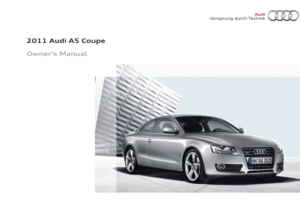 1
1 2
2 3
3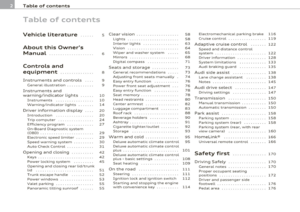 4
4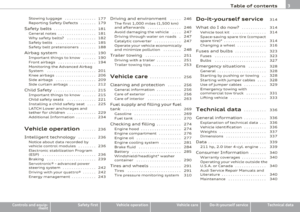 5
5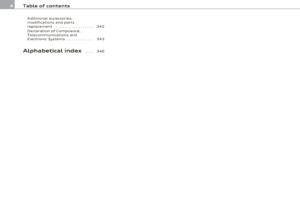 6
6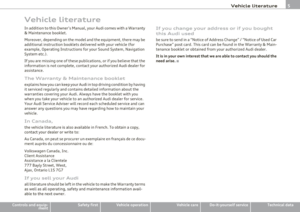 7
7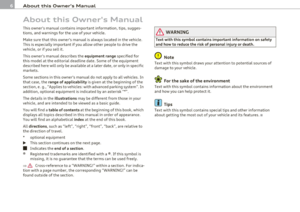 8
8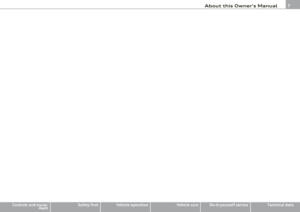 9
9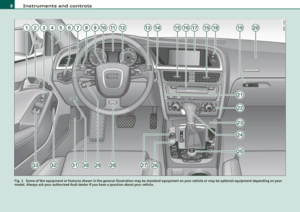 10
10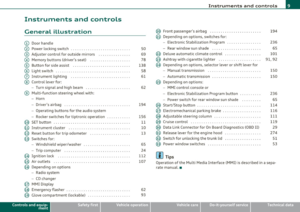 11
11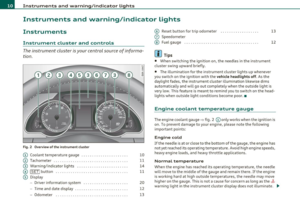 12
12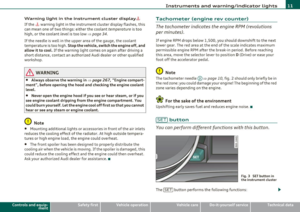 13
13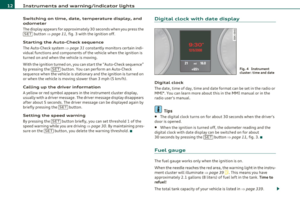 14
14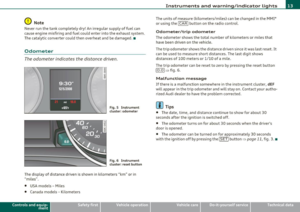 15
15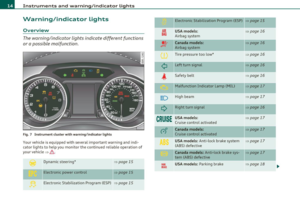 16
16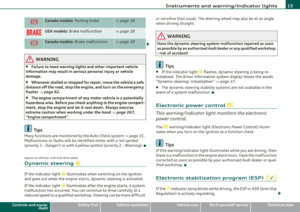 17
17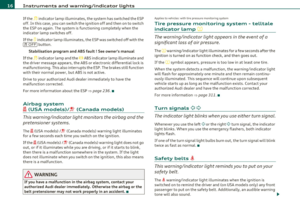 18
18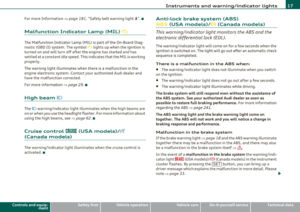 19
19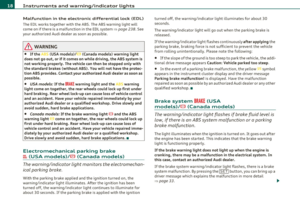 20
20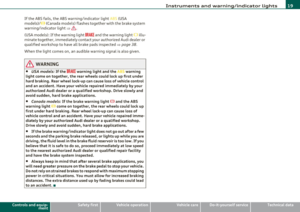 21
21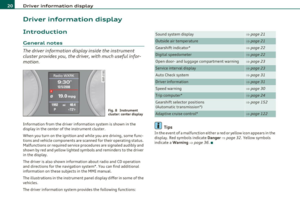 22
22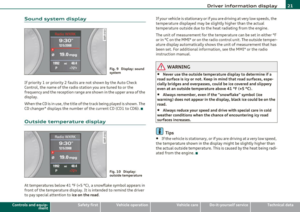 23
23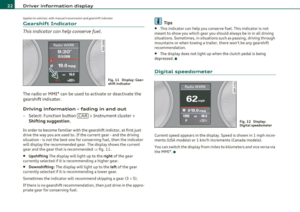 24
24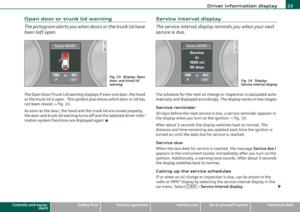 25
25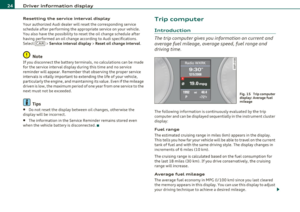 26
26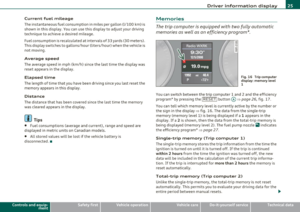 27
27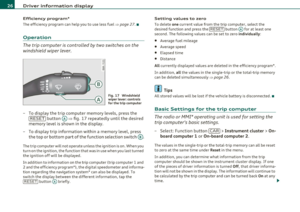 28
28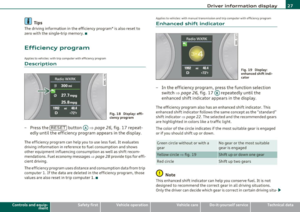 29
29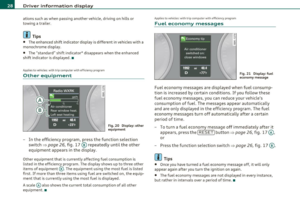 30
30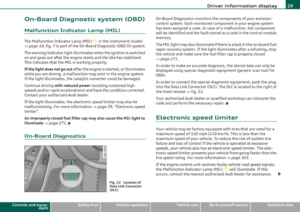 31
31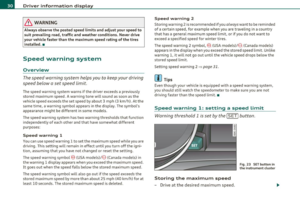 32
32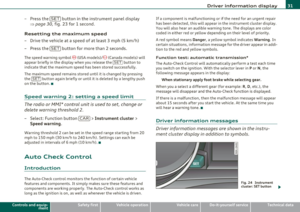 33
33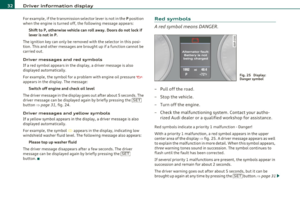 34
34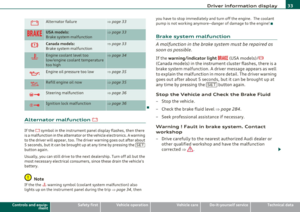 35
35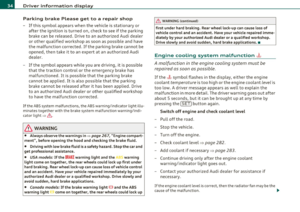 36
36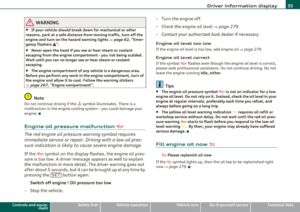 37
37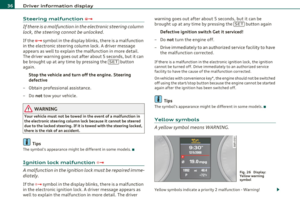 38
38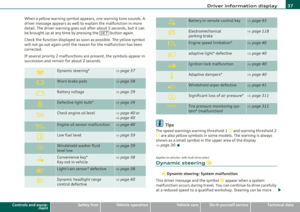 39
39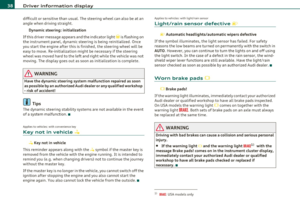 40
40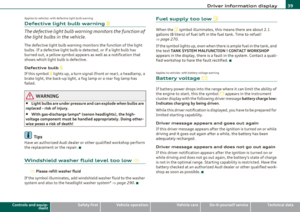 41
41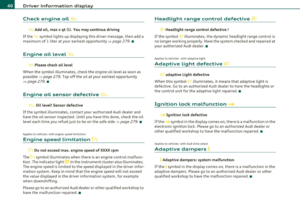 42
42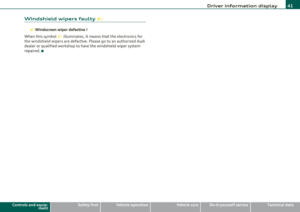 43
43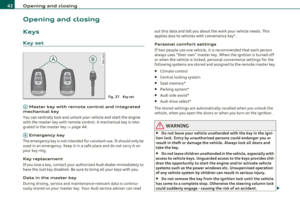 44
44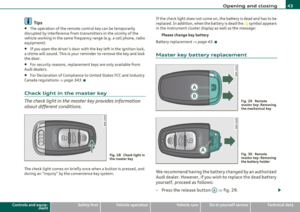 45
45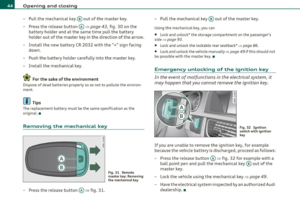 46
46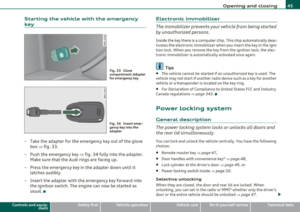 47
47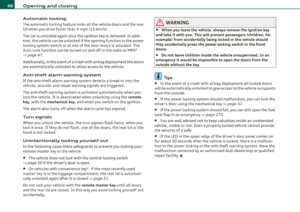 48
48 49
49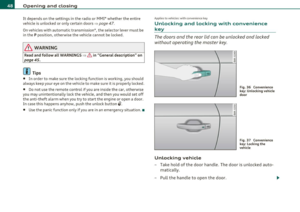 50
50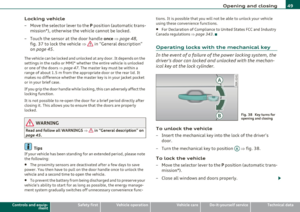 51
51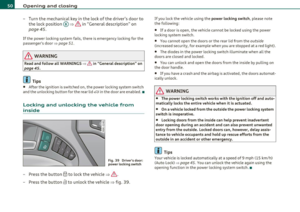 52
52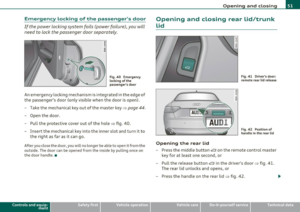 53
53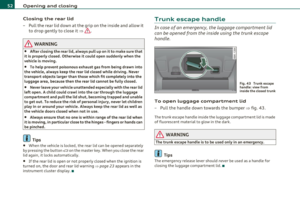 54
54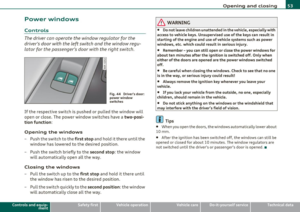 55
55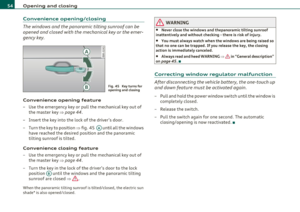 56
56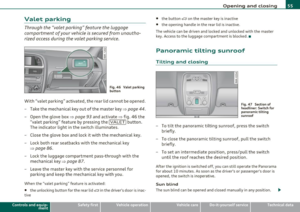 57
57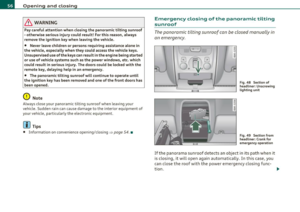 58
58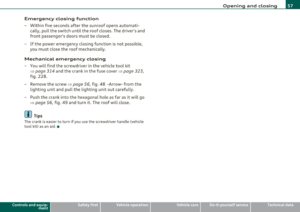 59
59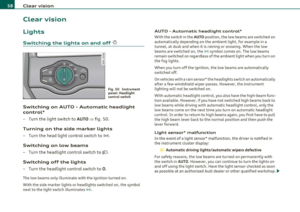 60
60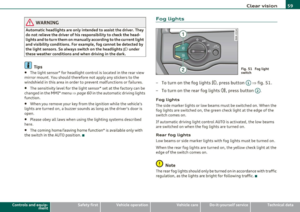 61
61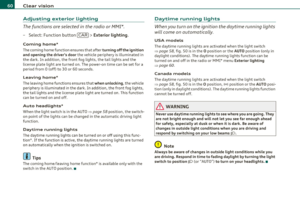 62
62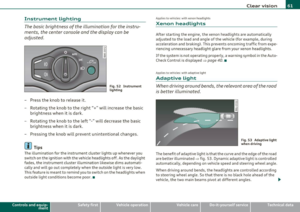 63
63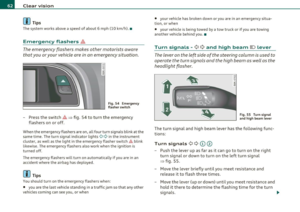 64
64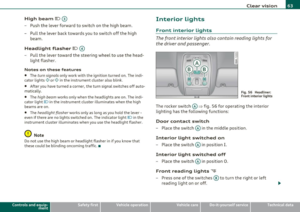 65
65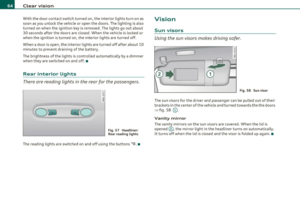 66
66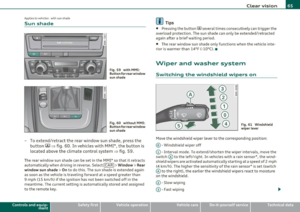 67
67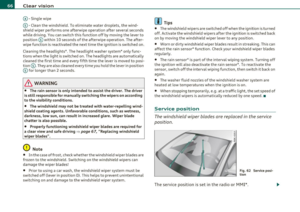 68
68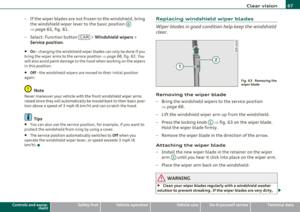 69
69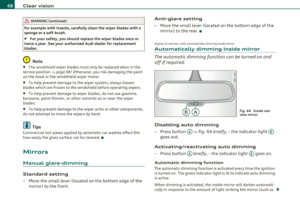 70
70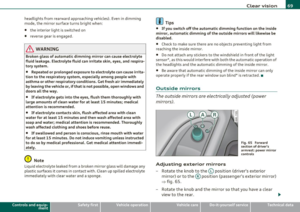 71
71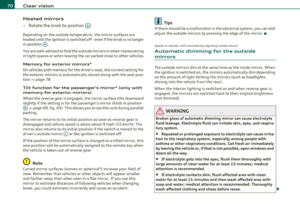 72
72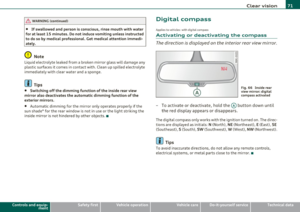 73
73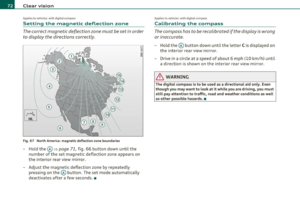 74
74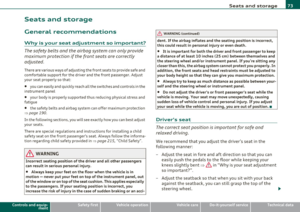 75
75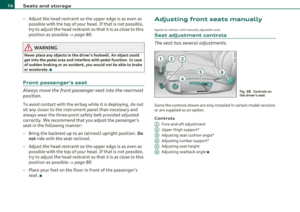 76
76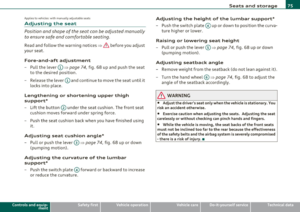 77
77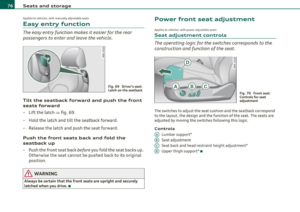 78
78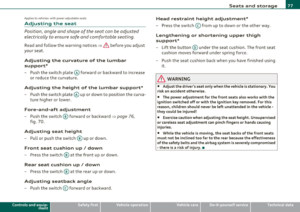 79
79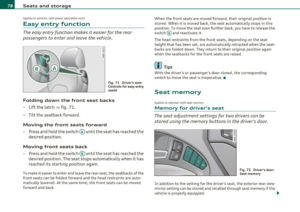 80
80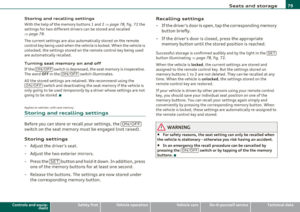 81
81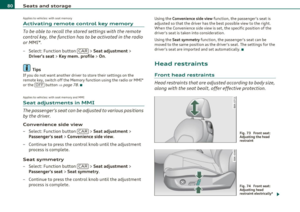 82
82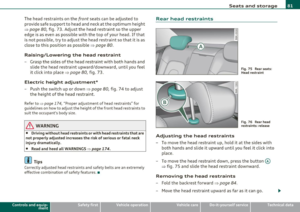 83
83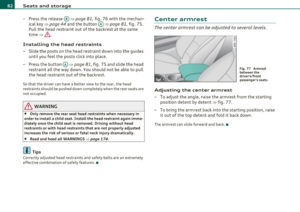 84
84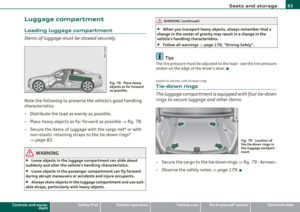 85
85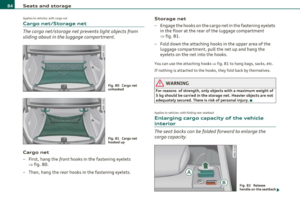 86
86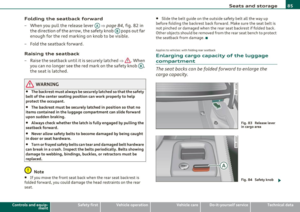 87
87 88
88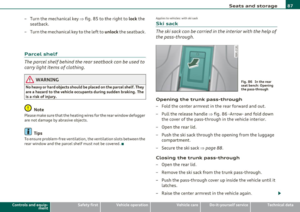 89
89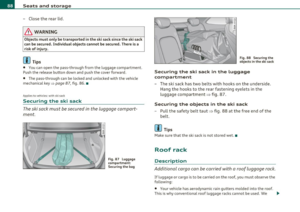 90
90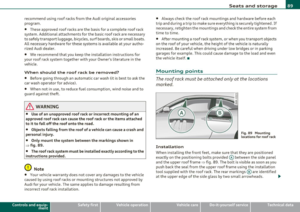 91
91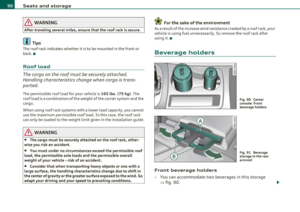 92
92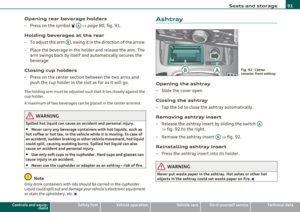 93
93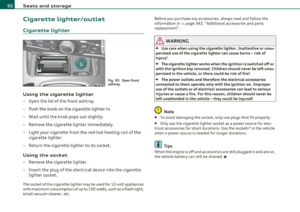 94
94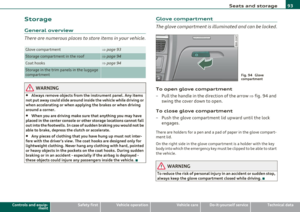 95
95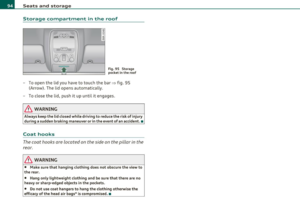 96
96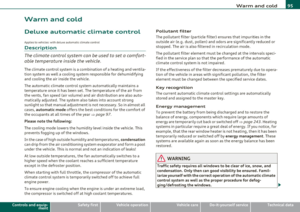 97
97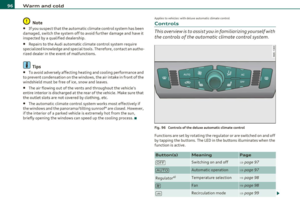 98
98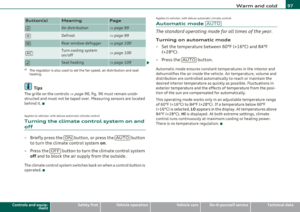 99
99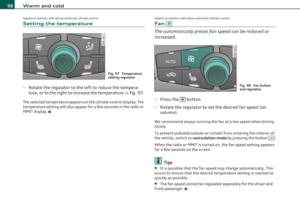 100
100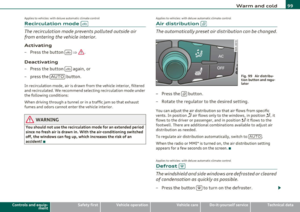 101
101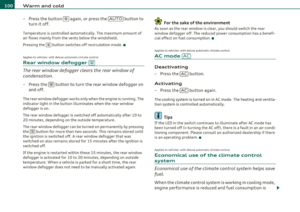 102
102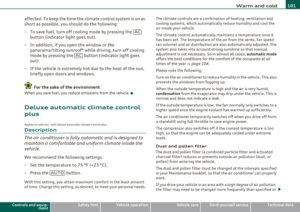 103
103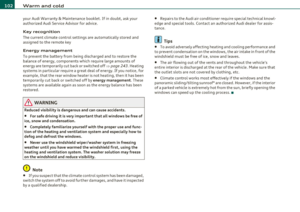 104
104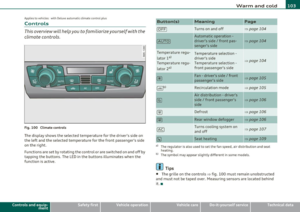 105
105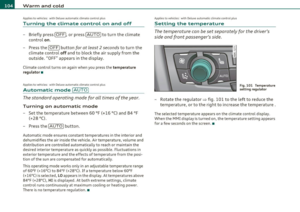 106
106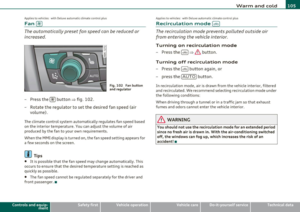 107
107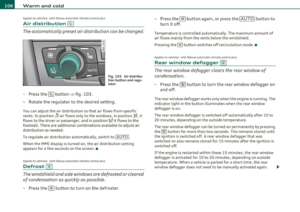 108
108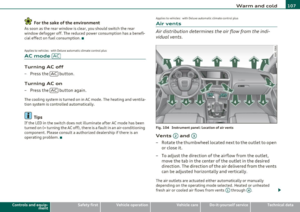 109
109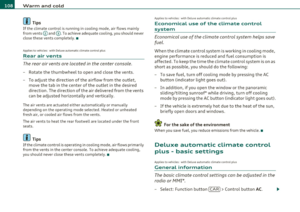 110
110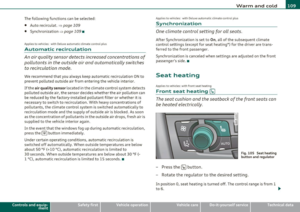 111
111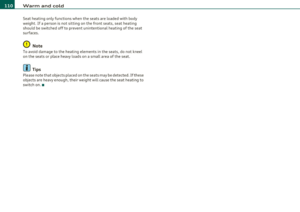 112
112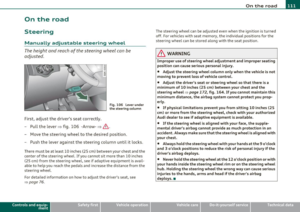 113
113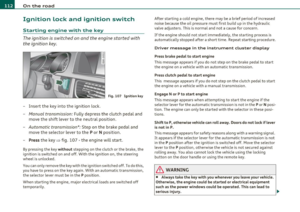 114
114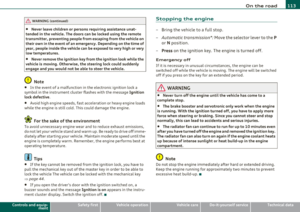 115
115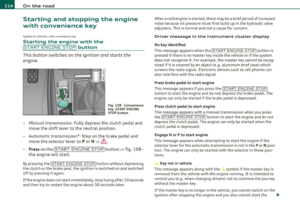 116
116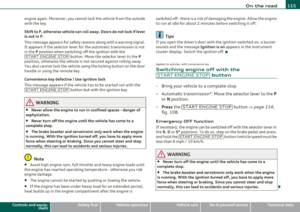 117
117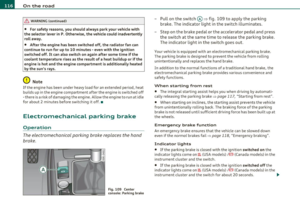 118
118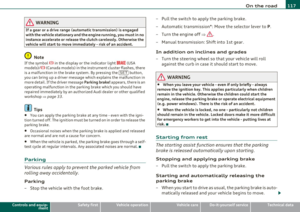 119
119 120
120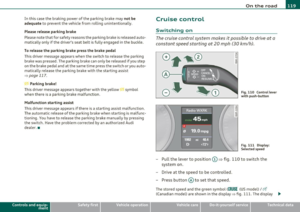 121
121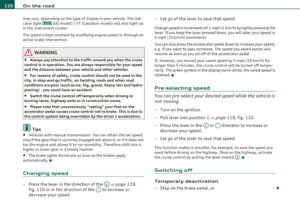 122
122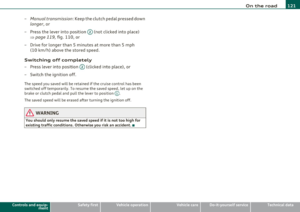 123
123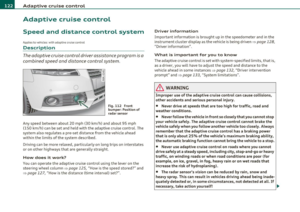 124
124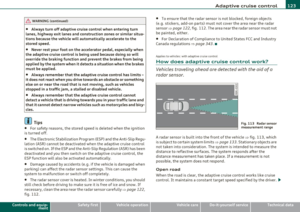 125
125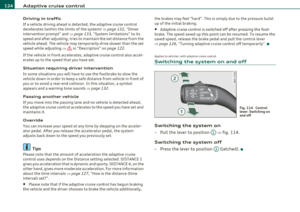 126
126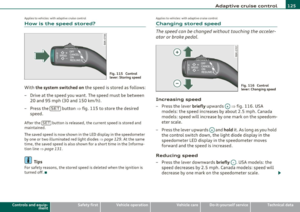 127
127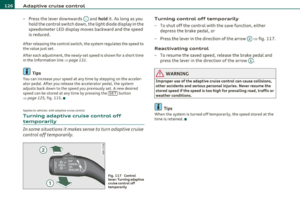 128
128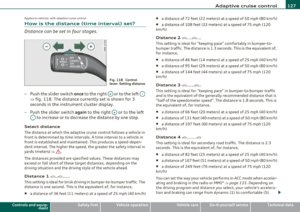 129
129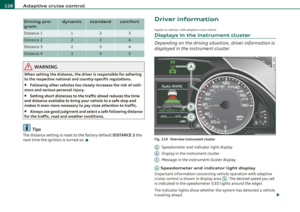 130
130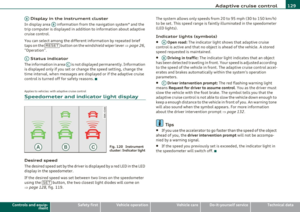 131
131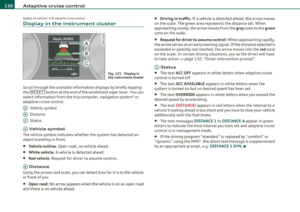 132
132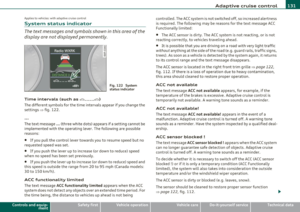 133
133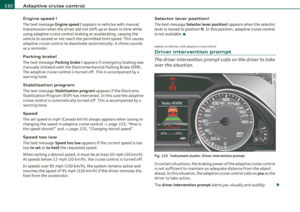 134
134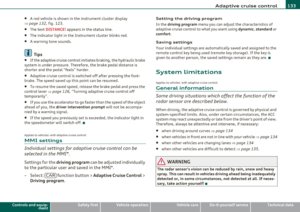 135
135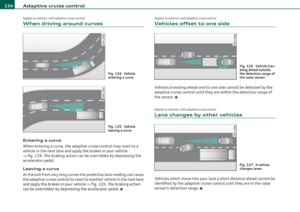 136
136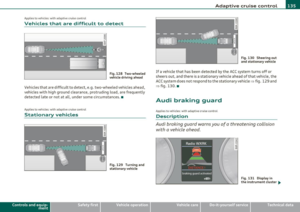 137
137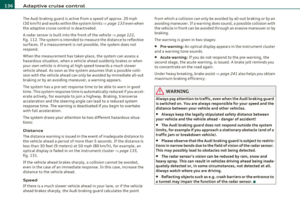 138
138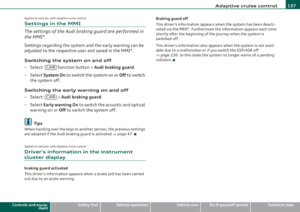 139
139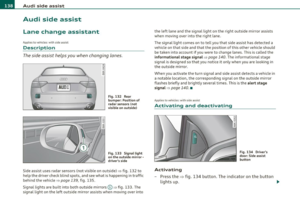 140
140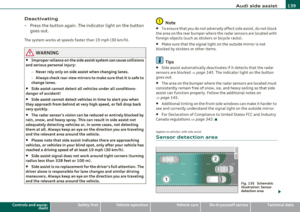 141
141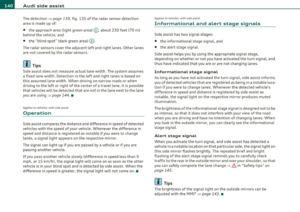 142
142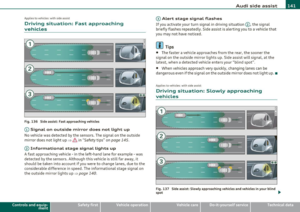 143
143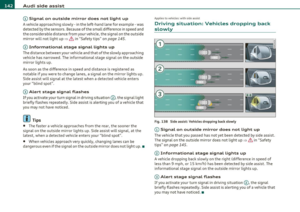 144
144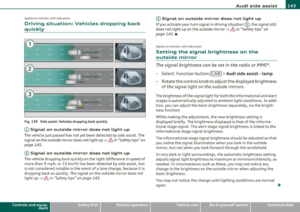 145
145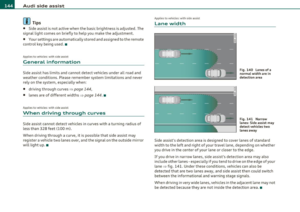 146
146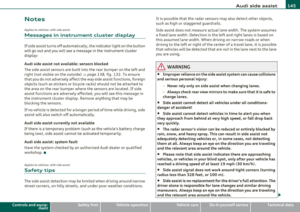 147
147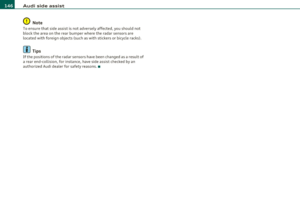 148
148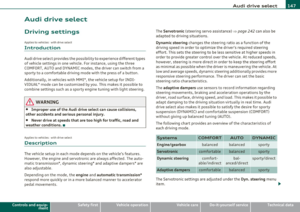 149
149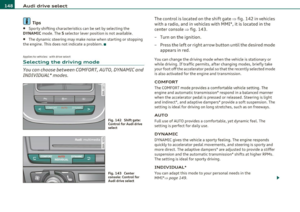 150
150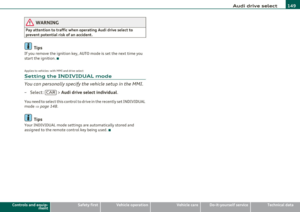 151
151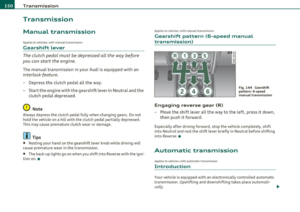 152
152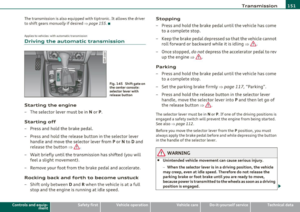 153
153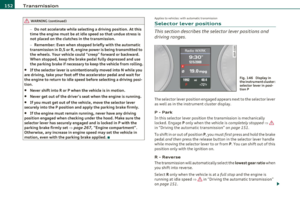 154
154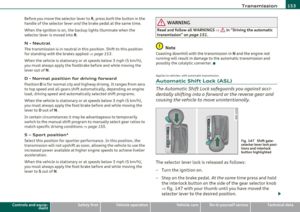 155
155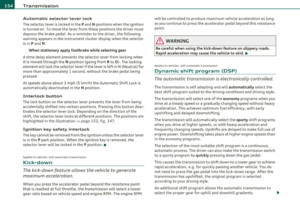 156
156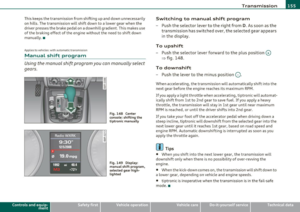 157
157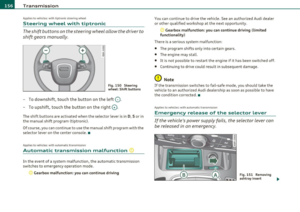 158
158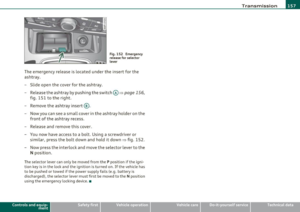 159
159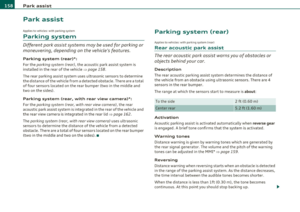 160
160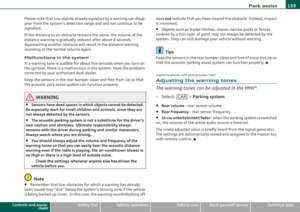 161
161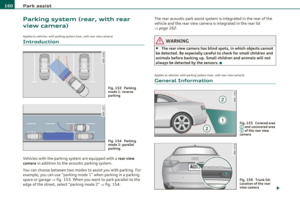 162
162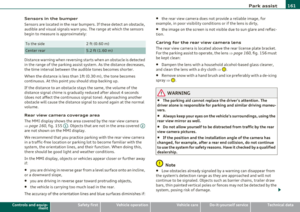 163
163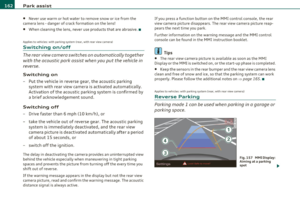 164
164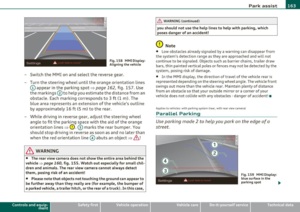 165
165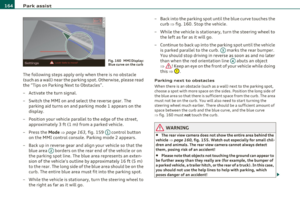 166
166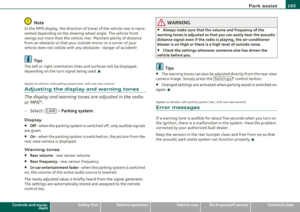 167
167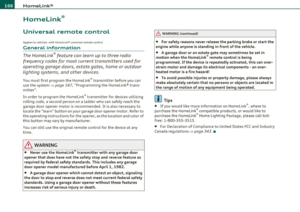 168
168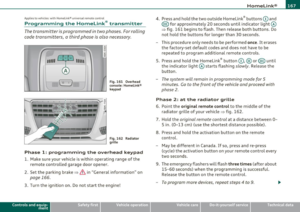 169
169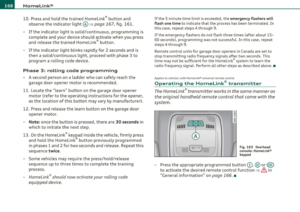 170
170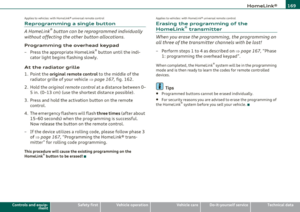 171
171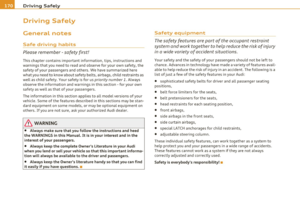 172
172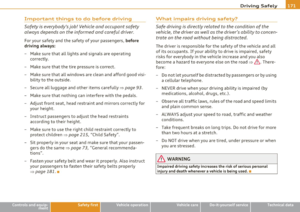 173
173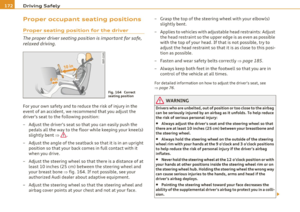 174
174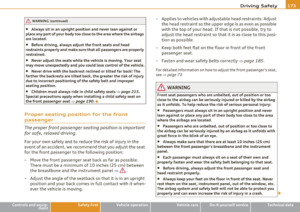 175
175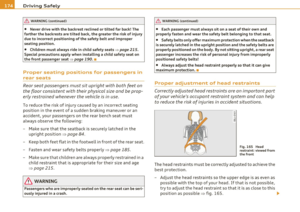 176
176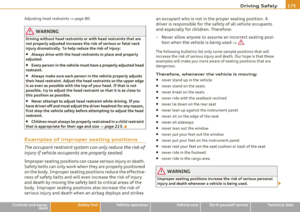 177
177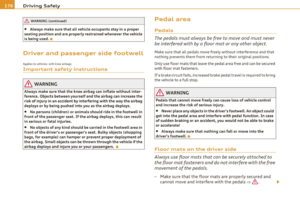 178
178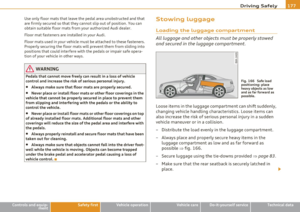 179
179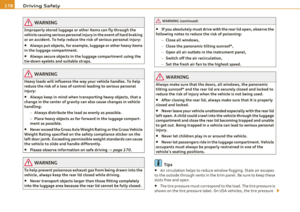 180
180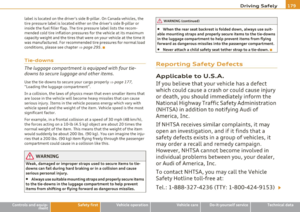 181
181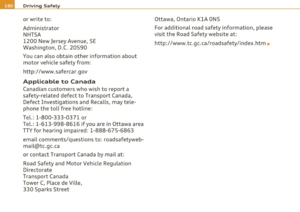 182
182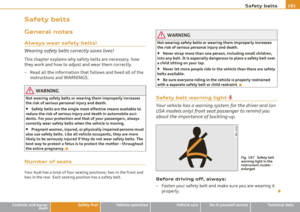 183
183 184
184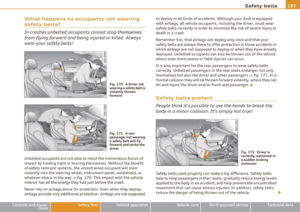 185
185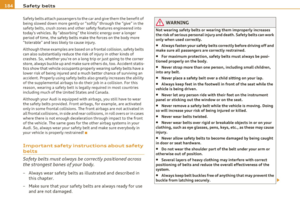 186
186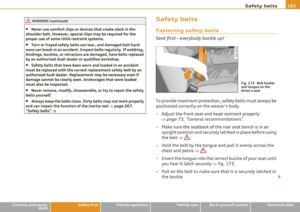 187
187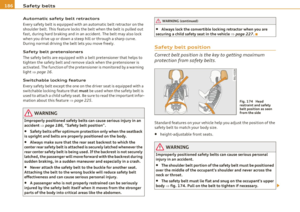 188
188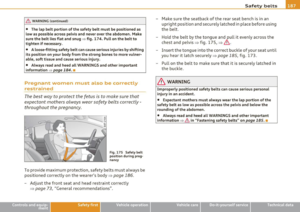 189
189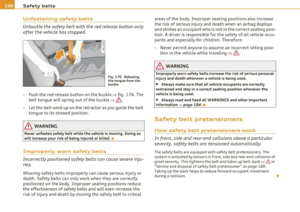 190
190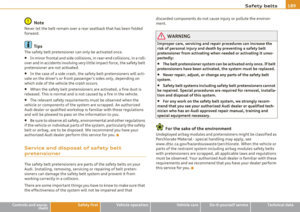 191
191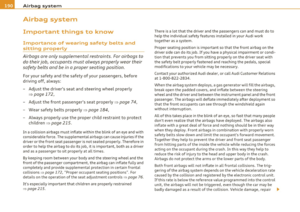 192
192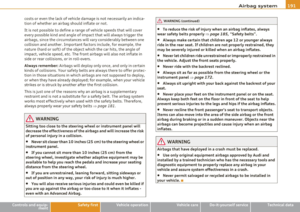 193
193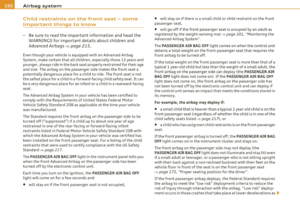 194
194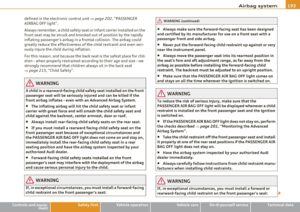 195
195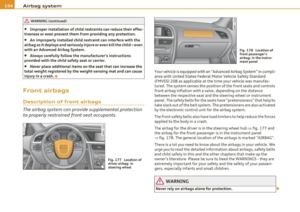 196
196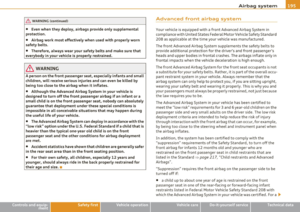 197
197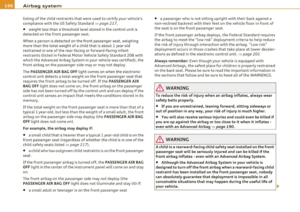 198
198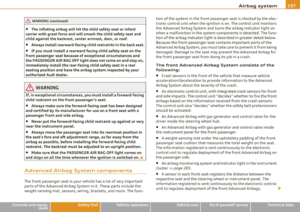 199
199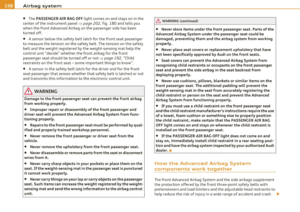 200
200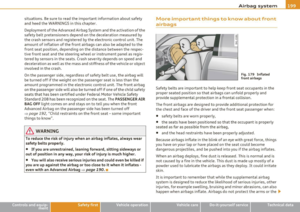 201
201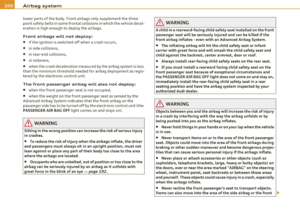 202
202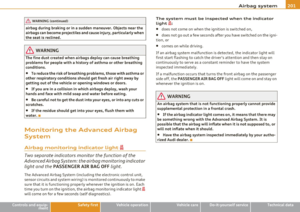 203
203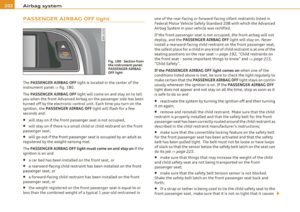 204
204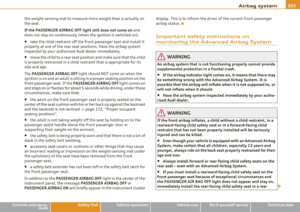 205
205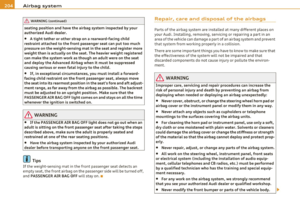 206
206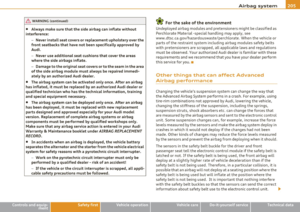 207
207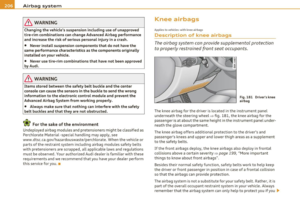 208
208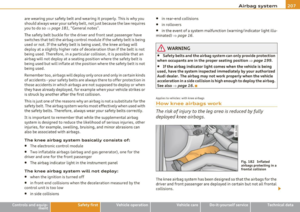 209
209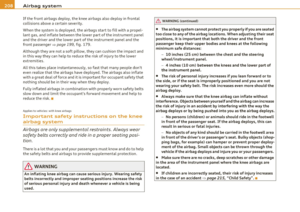 210
210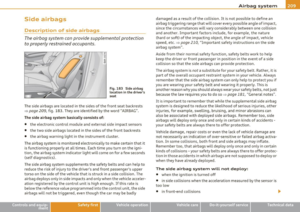 211
211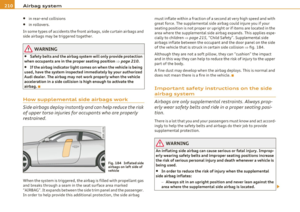 212
212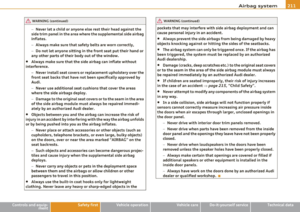 213
213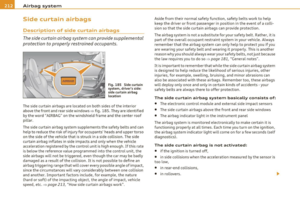 214
214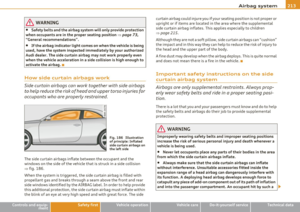 215
215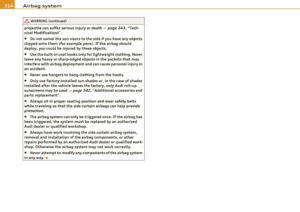 216
216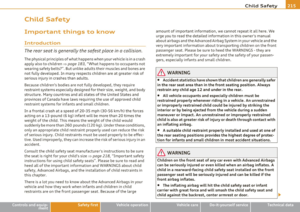 217
217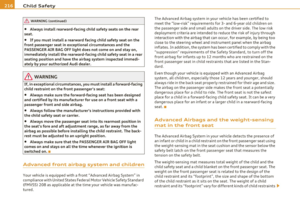 218
218 219
219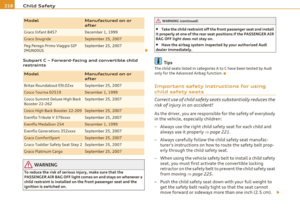 220
220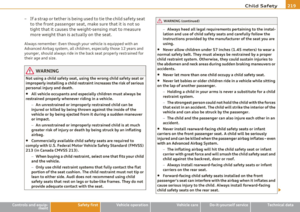 221
221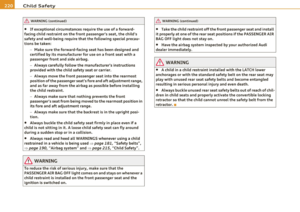 222
222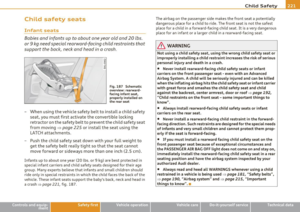 223
223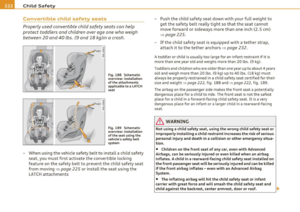 224
224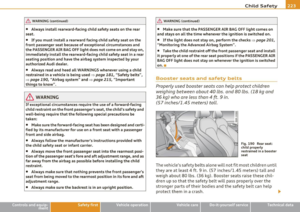 225
225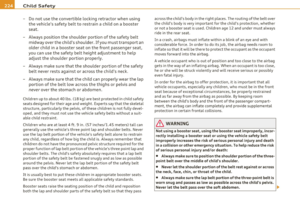 226
226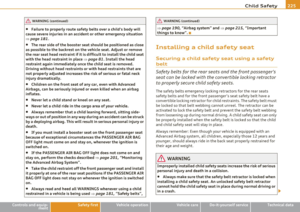 227
227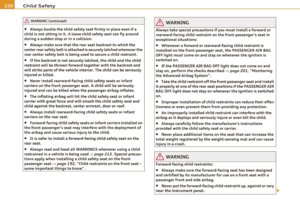 228
228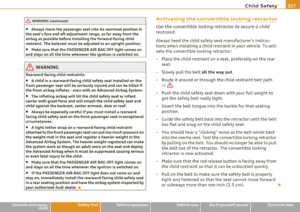 229
229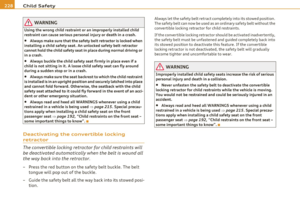 230
230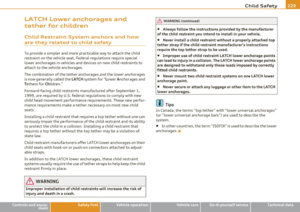 231
231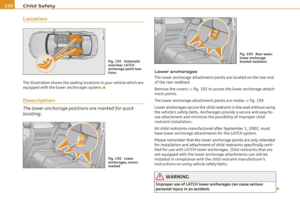 232
232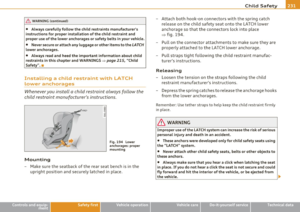 233
233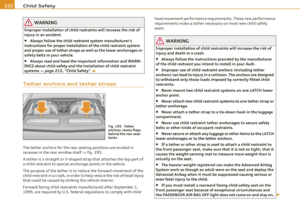 234
234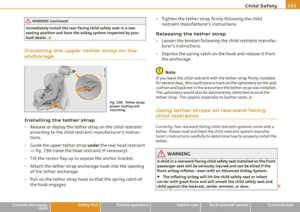 235
235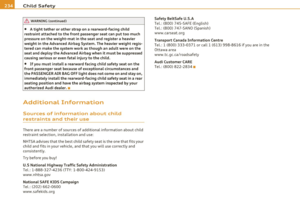 236
236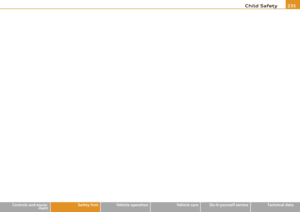 237
237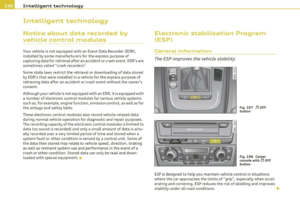 238
238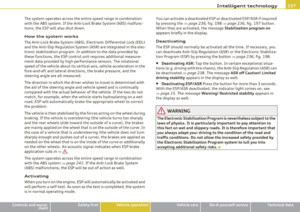 239
239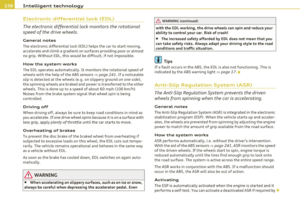 240
240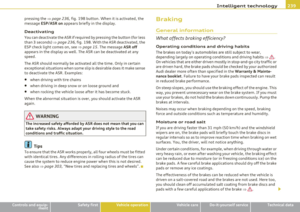 241
241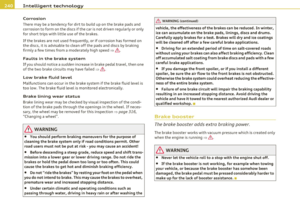 242
242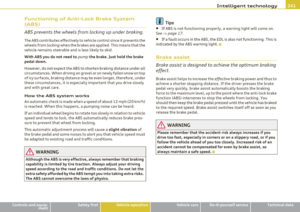 243
243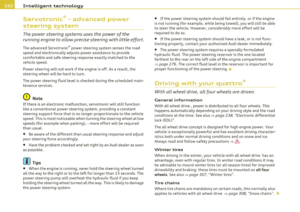 244
244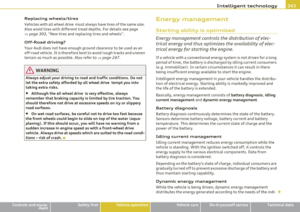 245
245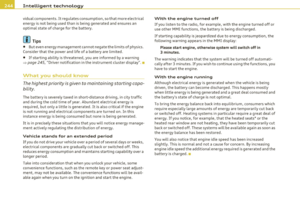 246
246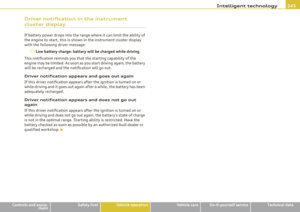 247
247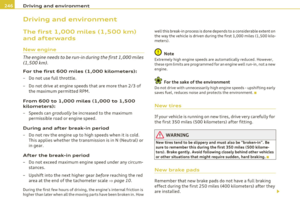 248
248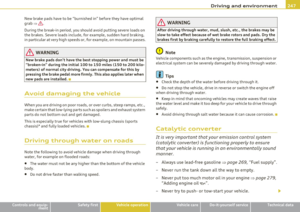 249
249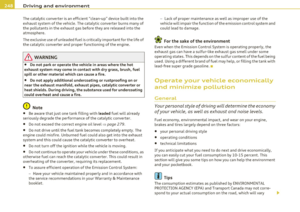 250
250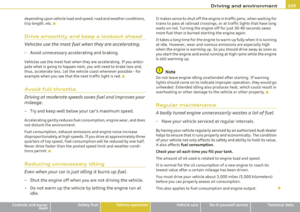 251
251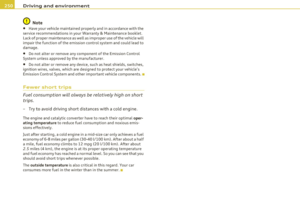 252
252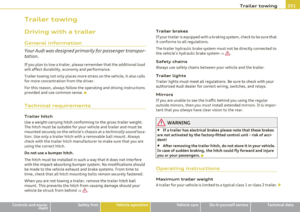 253
253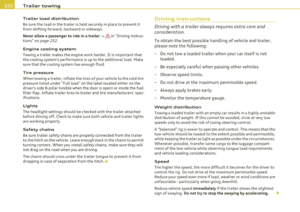 254
254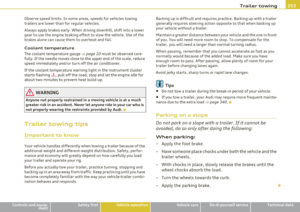 255
255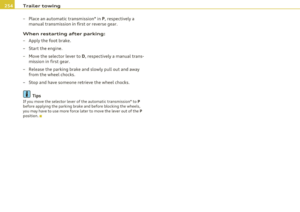 256
256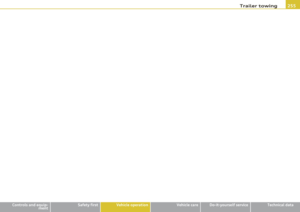 257
257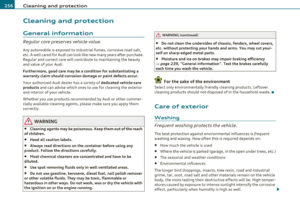 258
258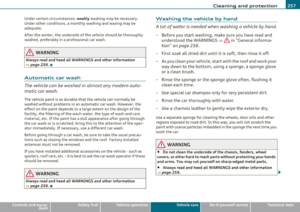 259
259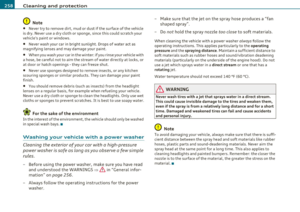 260
260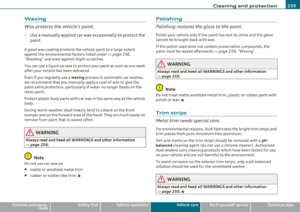 261
261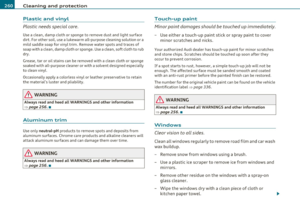 262
262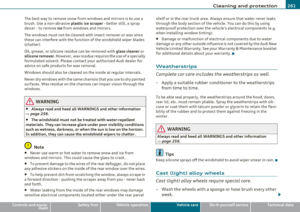 263
263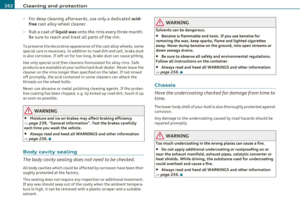 264
264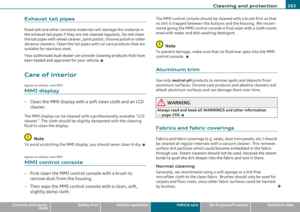 265
265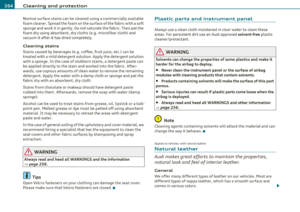 266
266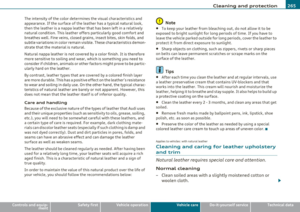 267
267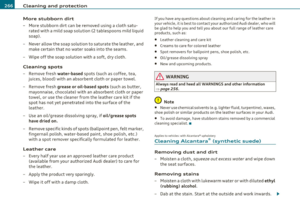 268
268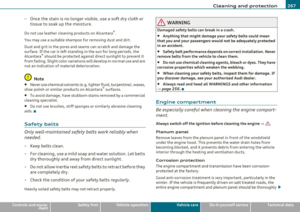 269
269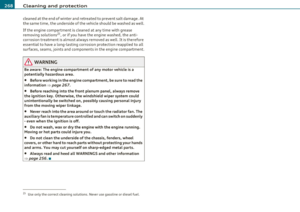 270
270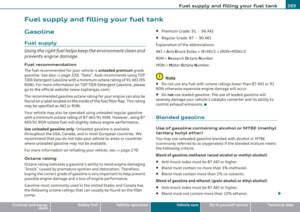 271
271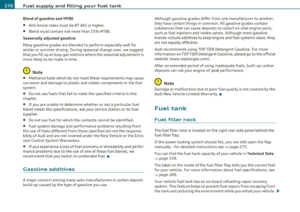 272
272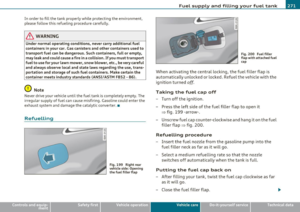 273
273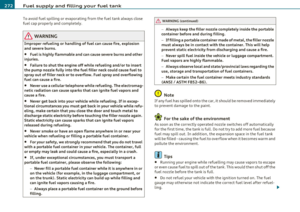 274
274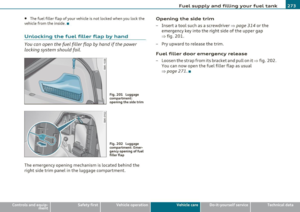 275
275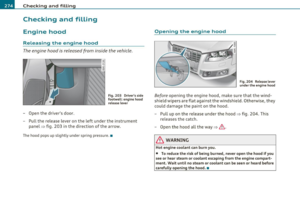 276
276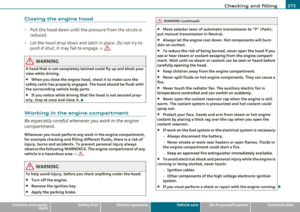 277
277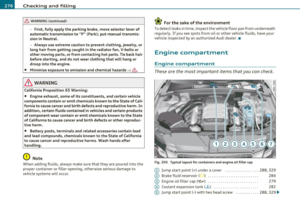 278
278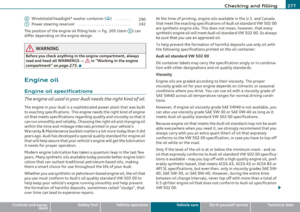 279
279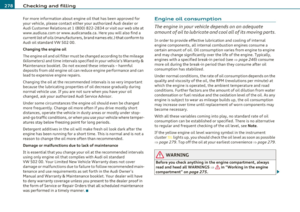 280
280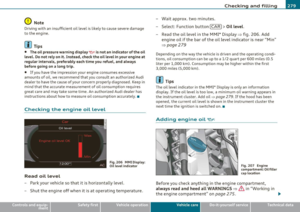 281
281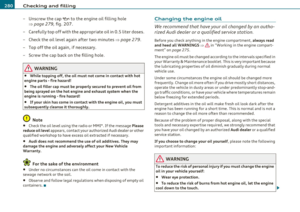 282
282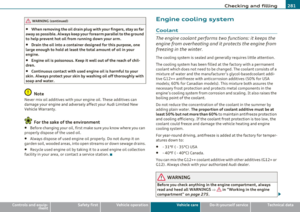 283
283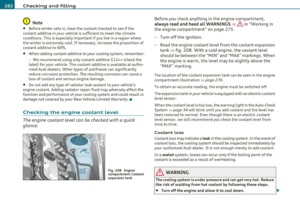 284
284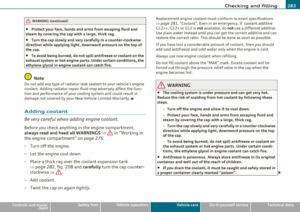 285
285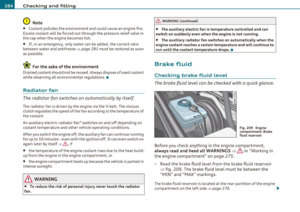 286
286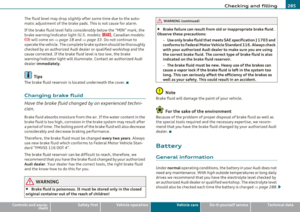 287
287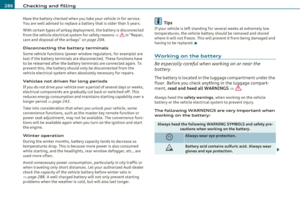 288
288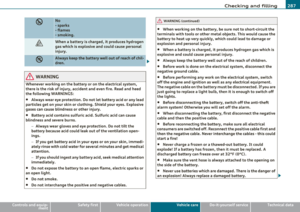 289
289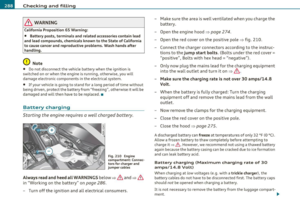 290
290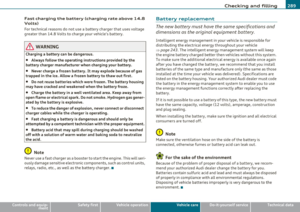 291
291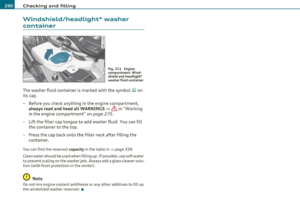 292
292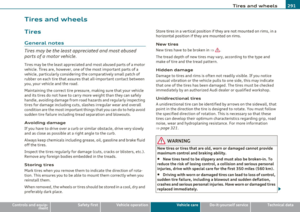 293
293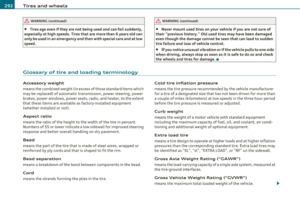 294
294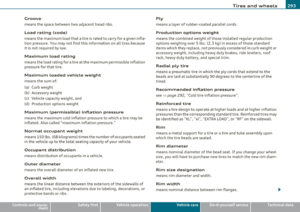 295
295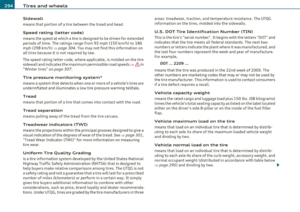 296
296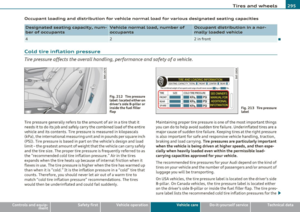 297
297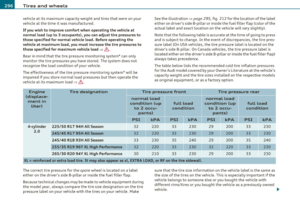 298
298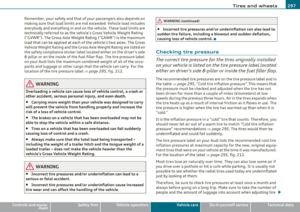 299
299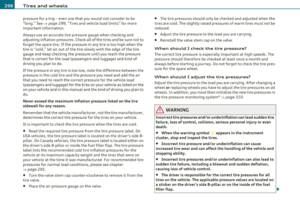 300
300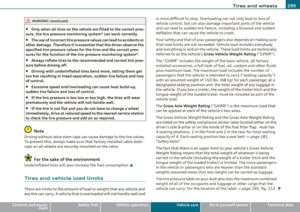 301
301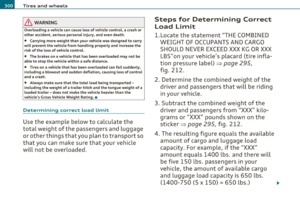 302
302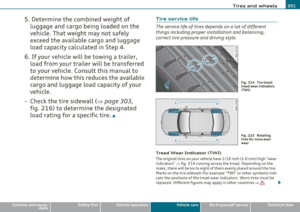 303
303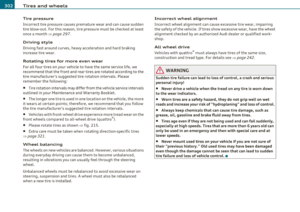 304
304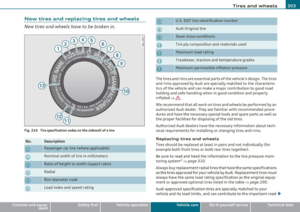 305
305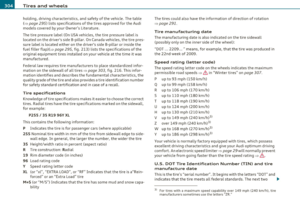 306
306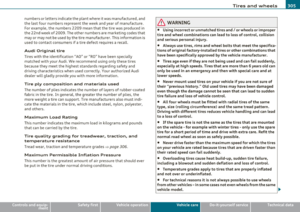 307
307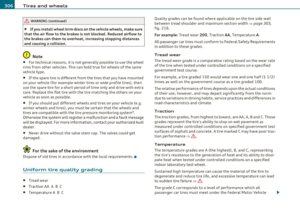 308
308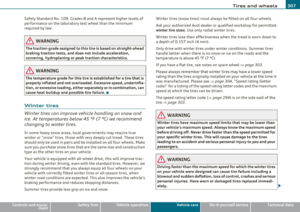 309
309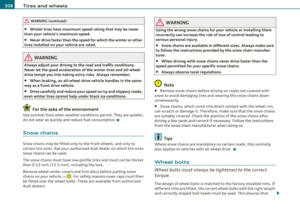 310
310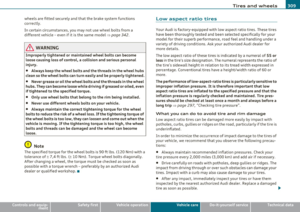 311
311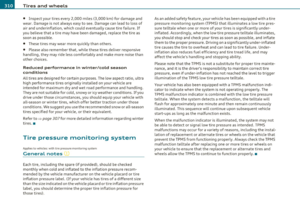 312
312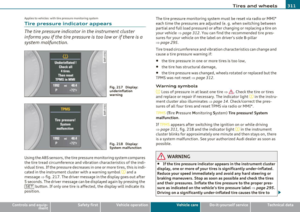 313
313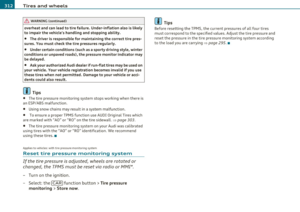 314
314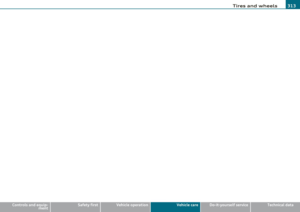 315
315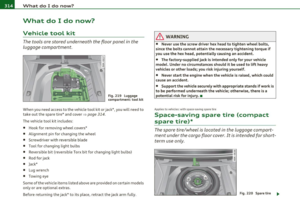 316
316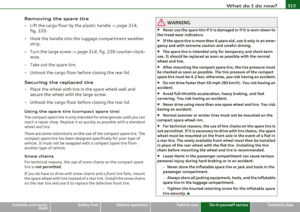 317
317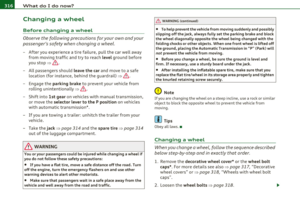 318
318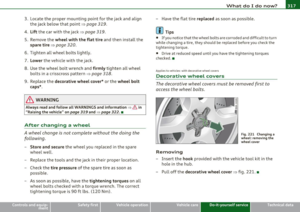 319
319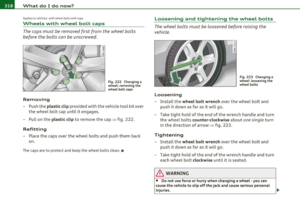 320
320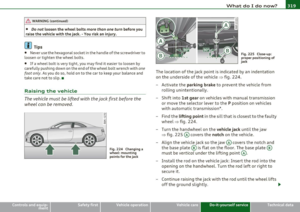 321
321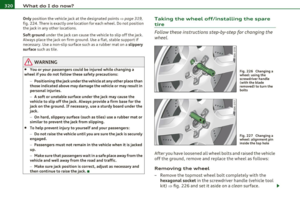 322
322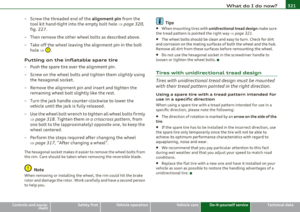 323
323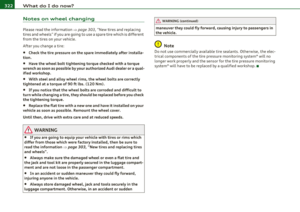 324
324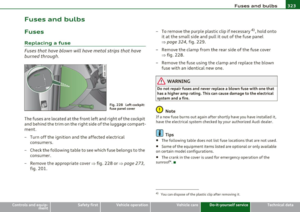 325
325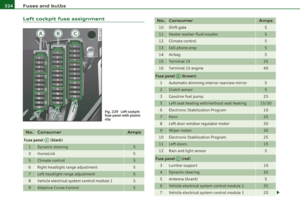 326
326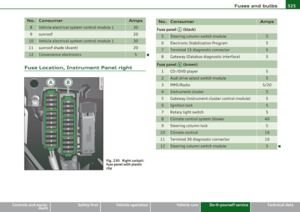 327
327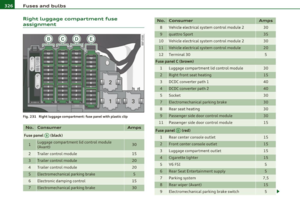 328
328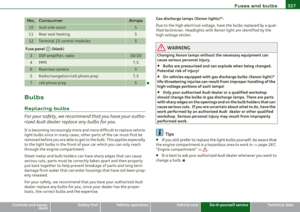 329
329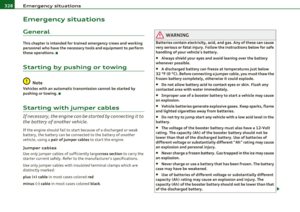 330
330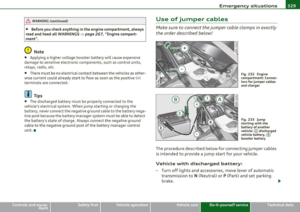 331
331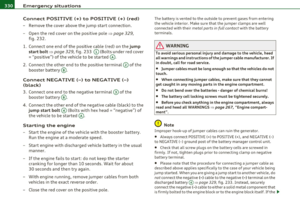 332
332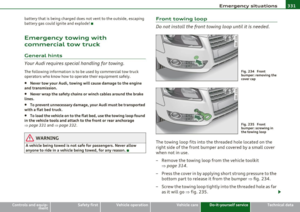 333
333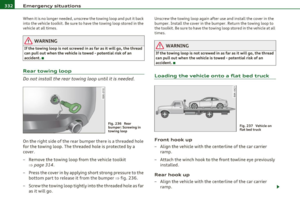 334
334 335
335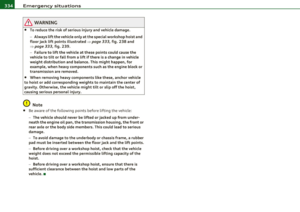 336
336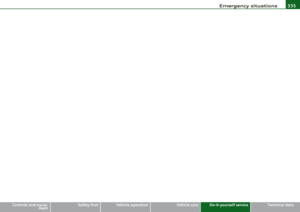 337
337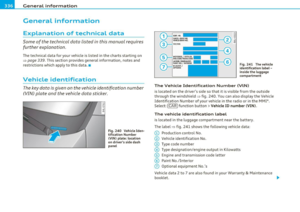 338
338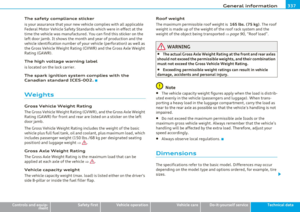 339
339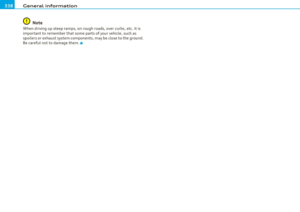 340
340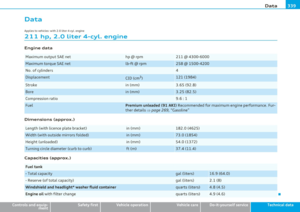 341
341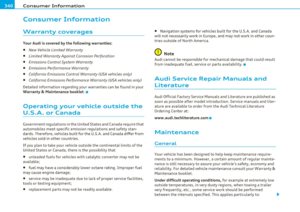 342
342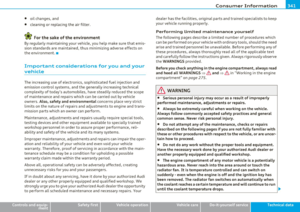 343
343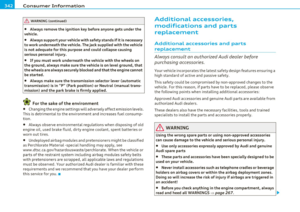 344
344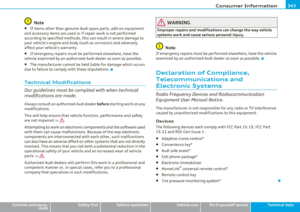 345
345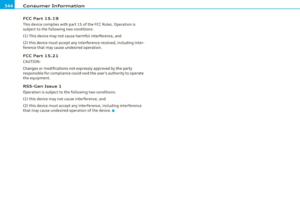 346
346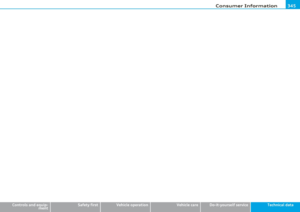 347
347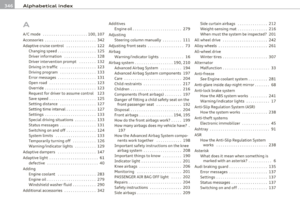 348
348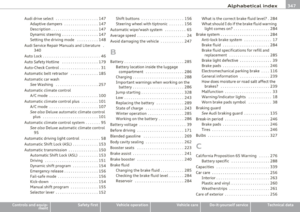 349
349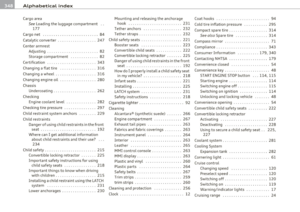 350
350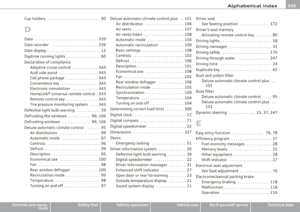 351
351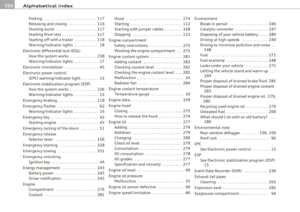 352
352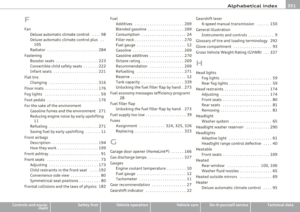 353
353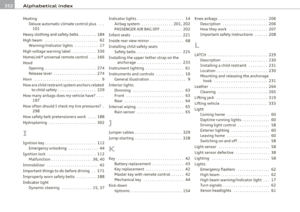 354
354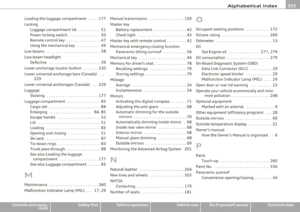 355
355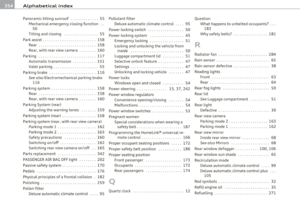 356
356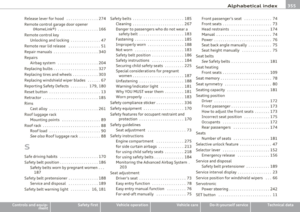 357
357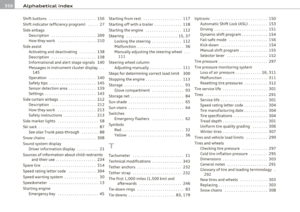 358
358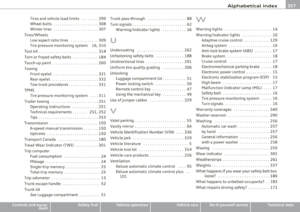 359
359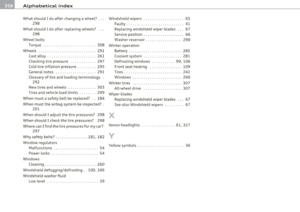 360
360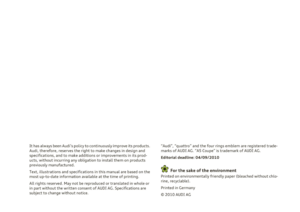 361
361






